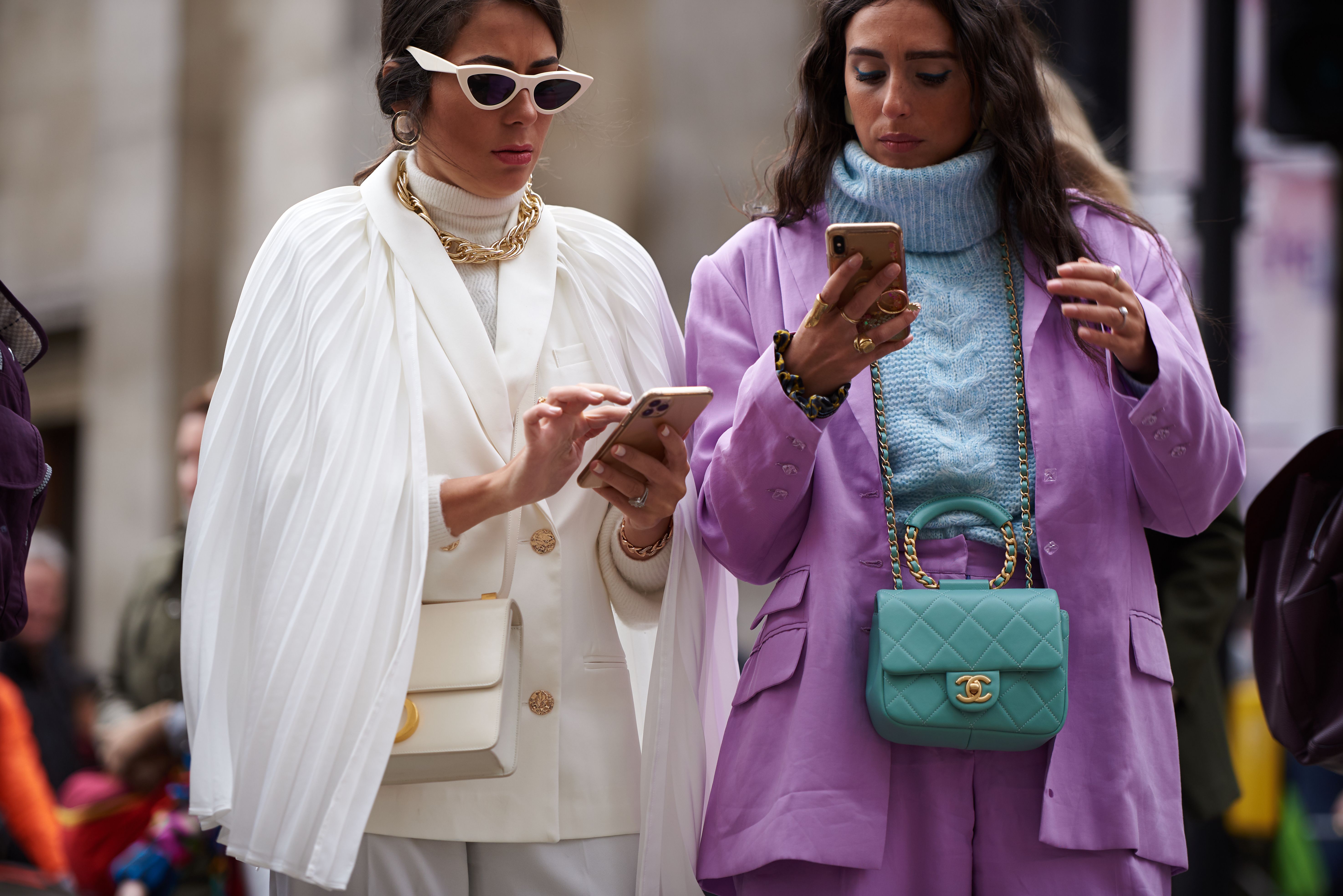Sustainable fashion: How to tell the difference between genuine and jargon
As the term ‘sustainable fashion’ becomes co-opted by more brands, Olivia Petter examines what it really means


When it comes to fashion, everyone knows we need to make more sustainable choices. Maybe you’ve decided to buy more vintage clothes, or pledged to go one month without buying anything new. Or perhaps you’ve decided that from now on, you’ll only buy clothes from sustainable fashion brands.
Ostensibly, this is a noble pursuit. But in 2021, the term “sustainable fashion” has been used so loosely that it no longer feels an entirely reliable descriptor for those looking to make positive change. Particularly when some claim that sustainable fashion will always be a paradox.
As the climate crisis rages on, the terms “sustainable”, “eco-friendly” and “recycled” increasingly pop up in promotional emails from fashion brands. But how much of what they claim is genuine, and how much is just empty marketing jargon? See greenwashing, a term coined by environmentalist Jay Westerveld in 1986 that describes those who spend more time giving themselves the veneer of being environmentally friendly than actually making the often tough changes to become so.
A recent online survey by the Competition and Markets Authority found that out of 500 company websites, 40 per cent of them that claimed to be eco-friendly had not substantiated their claims. One high street shop was found to be promoting clothes as being made from “recycled cotton” without stating how much recycled cotton had been used in each garment. This is an all-too-common tactic, one that has made it even harder for eco-conscious consumers to differentiate between genuinely sustainable fashion companies, and ones that are simply greenwashing their way into our wallets.
The irony, of course, is that you cannot buy your way to sustainable fashion. “The most sustainable clothes are the ones you already own,” says Venetia La Manna, co-founder of sustainable fashion platform Remember Who Made Them. “Brands should be acknowledging this before they implore us to buy their products. We need to be okay with having less and resist needless consumption.”
So while some people will choose to boycott fast fashion, or shopping altogether, others will say that a more realistic goal for them is to invest in environmentally friendly brands. If the latter sounds like you, here’s everything you need to know about finding out if a fashion brand is actually sustainable or not.
Watch out for vague terms that don’t mean anything
When trying to identify a brand’s carbon footprint, look out for words like “holistic”, “committed”, or “considered”, says La Manna. Consider them a potential red flag, one that requires you to do a bit of extra digging to see if that brand means what it says.
“Does it tell you what these words mean when applied to their products?” says La Manna “Do they actually have a track record of caring about the planet? Can they tell you who made their clothes? Or is this just another multimillion-pound marketing campaign with nonchalant models, ethereal prints and Instagram filters?” she adds.
Another good thing to look out for is checking to see if the campaign is being supported by celebrities and influencers who you trust, ones who regularly talk about the environmental consequences of fast fashion. Don’t let ambiguous language alone be the thing that sways you into investing in a brand.
Interrogate their manufacturing processes
When trying to make conscious consumption choices, be sure to think about where the clothes actually come from. “Most well known big brands have not quite cottoned onto the fact that we cannot have sustainability without ethics,” says La Manna. “We can’t be doing a ‘conscious’ thing for the planet if our recycled t-shirt was made by women who don’t earn fair living wages.”
You can easily find out if the people who made the clothes earn enough to live on by looking at Fashion Checker, a campaign dedicated to championing living wages for garment workers, which has an online search tool, allowing you to search for brands and learn more about their processes.
“It’s also worth using theWorker Rights Consortium brand tracker to see if a brand has paid for work that was completed prior to the pandemic,” La Manna adds.
Be wary of ‘sustainable’ ranges
Endless brand growth can, by definition, never be the most sustainable way of doing business, says fashion consultant and writer Aja Barber. This is particularly important to bear in mind when fashion brands introduce dedicated “eco-friendly” ranges to their already extensive lines.
“A brand that offers you thousands of garments at once, isn’t thinking about how their growth actually affects the rest of the planet,” says Barber.
“Their sustainable lines are mostly marketing to prevent you from looking at the bigger picture, which is overconsumption. If 20 items on a brand’s website claim to be sustainable but the other 1,200 items aren't, that’s not a sustainable brand.”
Find out who owns the brand
All it takes is a quick online search to find out who is behind the brand that you’re looking at. And it’s a search worth doing, says La Manna.
“It’s a way to find out how much that brand is polluting our planet,” she explains. “Often fashion’s biggest players have a lot of brands under their umbrella. For example, H&M also owns COS, Monki, Weekday, & Other Stories, Cheap Monday, H&M Home and ARKET.”
Carefully consider a brand’s social media presence
We live in an age where virtue signalling is rife, which is why so much greenwashing often takes place on social media.
It’s easy to get seduced into thinking that a brand is sustainable when it posts about being anti-fast fashion on world earth day, for example. But the key is to look at what that brand is saying about the environment when there isn’t a specific hashtag to use, says Barber.
“Look at brands who have hard conversations about sustainability and ethics when it isn't popular to do on social media,” she adds.
“This is a conversation for every day as we move closer to a climate emergency. Every day is Earth day and sustainability should be a part of how brands build their businesses. It’s not just an afterthought used for for social media likes.”
Find out how much clothing a brand is producing
A really simple way of finding out how sustainable a brand is is to see how much product they’re selling, says La Manna.
“Fast fashion brands often have thousands of new pieces added to their sites daily. In a time where we’re throwing away an average of 70 lbs of clothing per person, we have to take quantity into consideration.”
You can easily find out how much clothing a brand is selling by clicking the “view all” option where you’re looking at their website.


Join our commenting forum
Join thought-provoking conversations, follow other Independent readers and see their replies
Comments